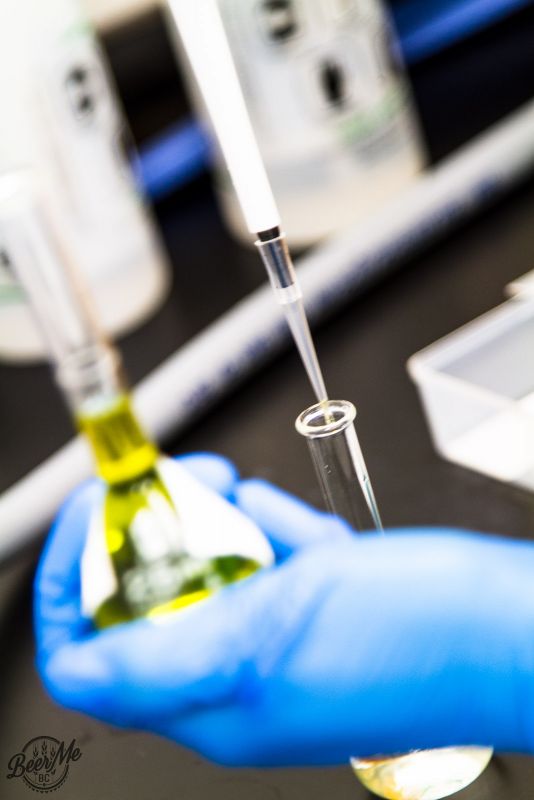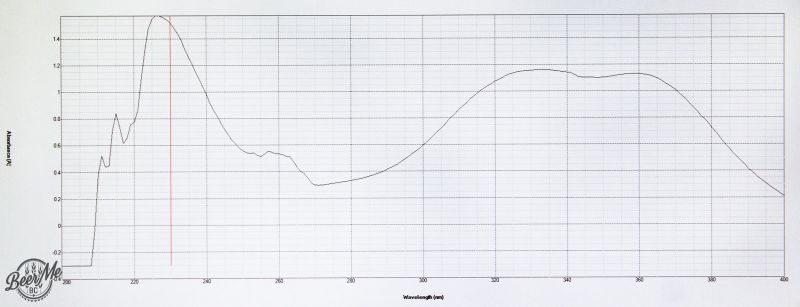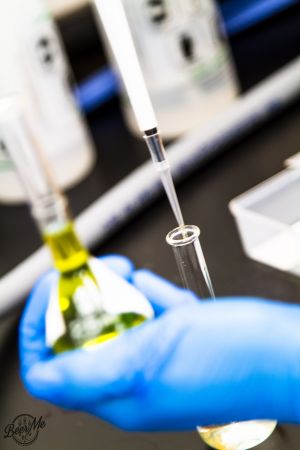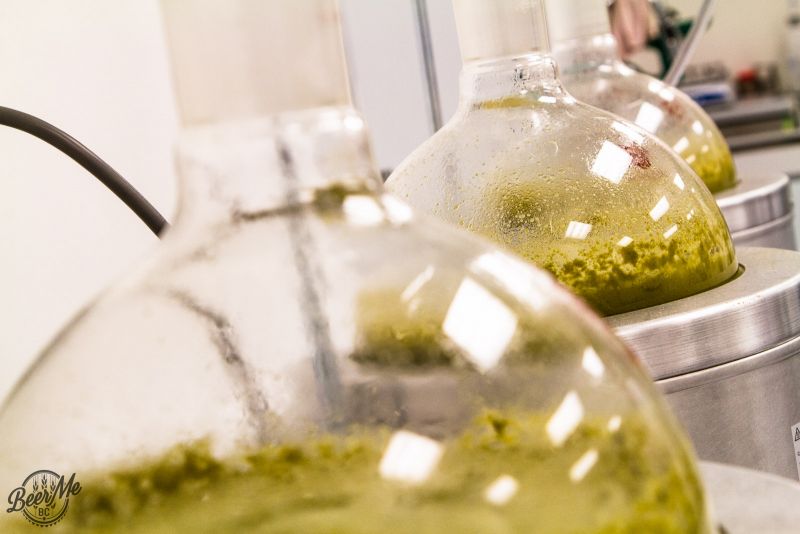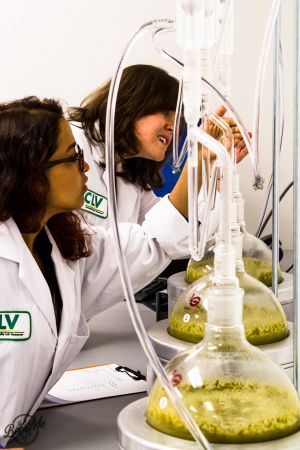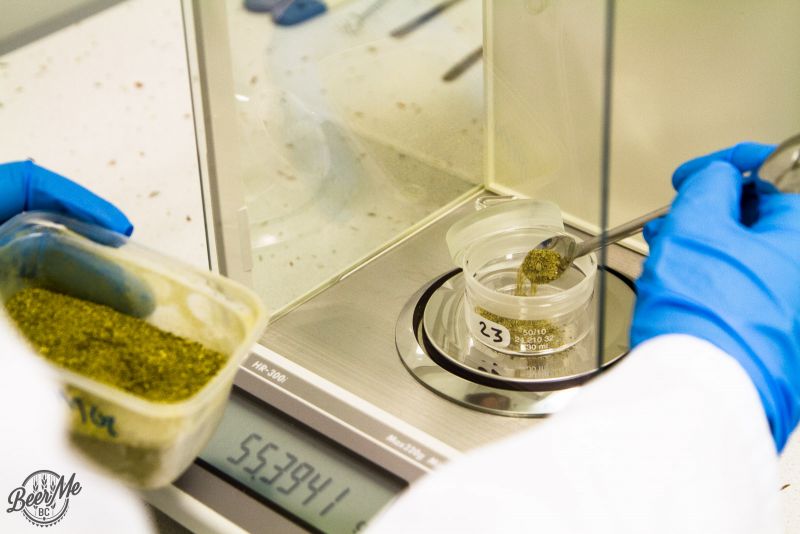Determining The Details – Hop Testing 101
In testing hops, there are three tests that will determine 5 variables about the hop in question. These variables will indicate many of the characteristics that are needed when brewing. These include Alpha & Beta Acid levels, Hop Storage Index (HSI), Total Oil Content and Moisture Content. Once these values are known you can plan your brew and know what the outcome is going to be.
Each variety of hop has distinct variables. That said, without DNA testing you can not 100% confirm what variety of hop you are looking at.
The Tests
Alpha Acid, Beta Acid and HSI
The buzz word when it comes to hops is Alpha Acid. When you think of big, hoppy IPAs this correlates with high Alpha Acid content. There is more to the hop than just Alpha, though. Beta Acids play a smaller role but add to the bitterness character of a beer. Beta Acids take longer to dissolve in the brew and add bitterness when oxidized. Beta Acids are known for affecting how well a beer will store over time and to a lesser extent bitterness.
Testing for Alpha and Beta Acids is fairly complex; to do so a dissolved solution of hops is placed in a spectrometer where the absorption at key wavelengths allows for the determination of both Alpha and Beta Acid content. By measuring the absorbed light, not only is acid content defined but the HSI can also be determined. HSI, or Hop Storage Index, is a “snap-shot” of how well a hop will retain its acid content over time, assuming good storability practices.
Total Oil Content
The Oil in a hop is where much of the flavour and aroma comes from. As a general rule of thumb the more oil, the more flavour. That said there are different types of components to oils in hops such as Myrcene and Humulene, and each have their own strength and flavour characteristics. A hop that is high in oil content and low in alpha acid is often considered to be an aroma variety as it imparts a big aroma and flavour characteristic but does not have the bittering character that comes with a high alpha acid level.
Determining the Total Oil Content involves a distillation of hops. Here, a portion of the hops is boiled and the steam is fed into a condenser where it condenses. The oil distillate is collected and floats on top of the water in the receiver where the results are observed. By measuring the volume, it is possible to calculate the total oil content.
Moisture Content
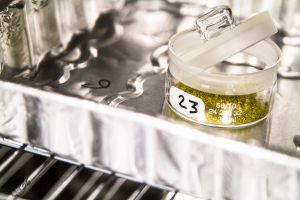 Dried hops are typically between 8-12% moisture. At this level, they have the maximum storage-ability. If a hop has too much moisture it risks becoming musty or molding. If hops are dried too much they risk cracking, splitting and losing quality. If stored improperly the moisture content can also change over time affecting the quality of the hops. Testing a hop for moisture content is a way to understand if it has been stored properly and if it was dried optimally from the harvest.
Dried hops are typically between 8-12% moisture. At this level, they have the maximum storage-ability. If a hop has too much moisture it risks becoming musty or molding. If hops are dried too much they risk cracking, splitting and losing quality. If stored improperly the moisture content can also change over time affecting the quality of the hops. Testing a hop for moisture content is a way to understand if it has been stored properly and if it was dried optimally from the harvest.
Moisture content is one of the simpler tests but also one where accuracy is extremely important. Here, a hop sample is weighed using a highly accurate scale. Then it is dried out in an oven and re-weighed. The difference in mass represents the moisture that has been removed from the sample. This correlates to the water content that is held within the hops.
Hops have more to them than you may think. They are not just flavour bombs that add amazing flavour to beer; they are a plant that is affected by weather, location, soil, harvest and storage. When brewing any beer, at any scale, understanding your ingredients is crucial to a quality product. Testing hops is one way to remove the guesswork out of a brewing recipe.
Learn more about hop testing at hopsconnect.com


